Jump to:
As winter approaches, safeguarding your beloved outdoor plants becomes a top priority. The chilling temperatures and frosty conditions can wreak havoc on your greenery.
In this guide, we’ll cover the practice of bringing plants indoors during winter. Read on to ensure they not only survive but thrive in the face of adversity. Whether it’s within the comforts of your living space or a greenhouse, say goodbye to winter blues. And hello to a flourishing indoor garden!
Why Bring Plant Indoors?
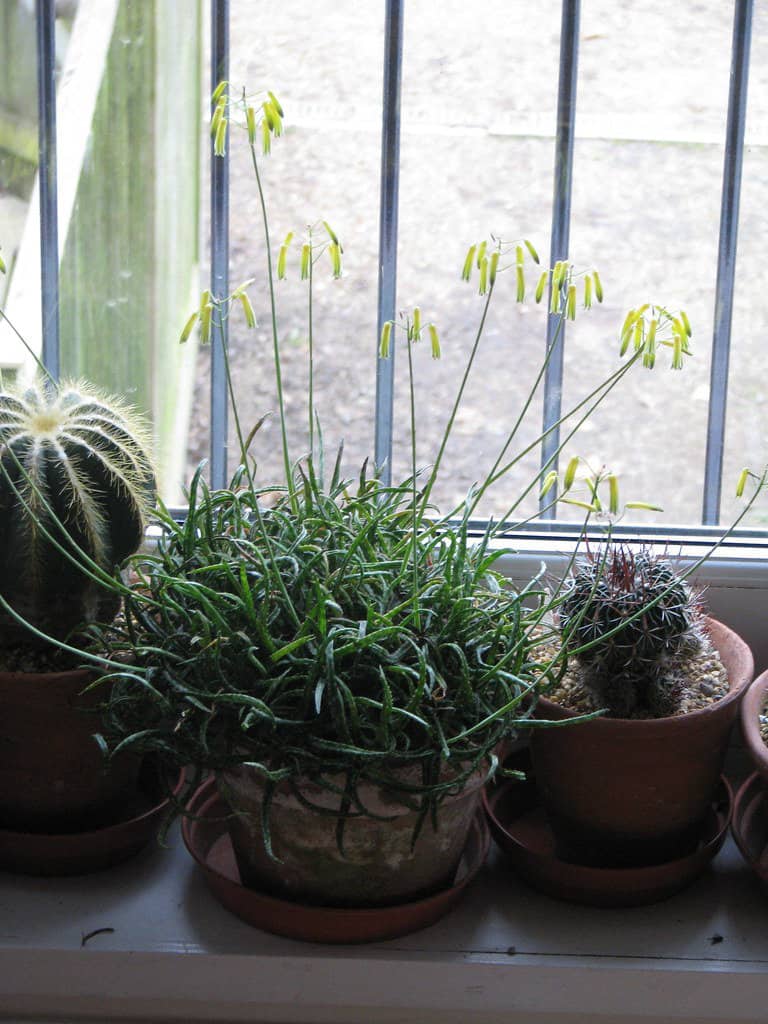
As winter sets in, plants face challenges that can compromise their well-being. Let’s begin with frost, which poses a significant threat. This freezing condition causes cellular damage, hindering the plant’s ability to photosynthesise. Cold winds make things worse, stripping plants of essential moisture and warmth. Reduced sunlight further compounds the problem, to add. Shorter days limit the photosynthesis process, which is crucial for growth.
How do you ensure your plants both survive and flourish during the colder months? This is where a conducive indoor environment comes to the rescue. Take your home living space, a garden greenhouse or a potting shed, for instance. The controlled space they offer shields the plants from the harsh weather.
Even so, you need to do your part by providing them with the optimal setting. Simply put, regulate temperature, humidity, and light conditions to ensure your plants thrive. This safeguards them from winter challenges. Even more importantly, it promotes strong, healthy growth.
Choosing the Right Plants
When picking plants to move from outside to inside, consider the following criteria:
- Opt for plants known for their adaptability to indoor conditions. For instance, those with low light tolerance and resistance to temperature fluctuations.
- Consider the size of the plants and the available indoor space. Smaller or more compact varieties may be better suited for limited space. Meanwhile, larger plants might thrive in more spacious areas.
- Understand the specific needs of each plant. Some may require more sunlight, while others can thrive in low-light environments.
With these factors, you can create an indoor haven for your plants to thrive in winter.
Greenhouse Buildings and Potting Sheds
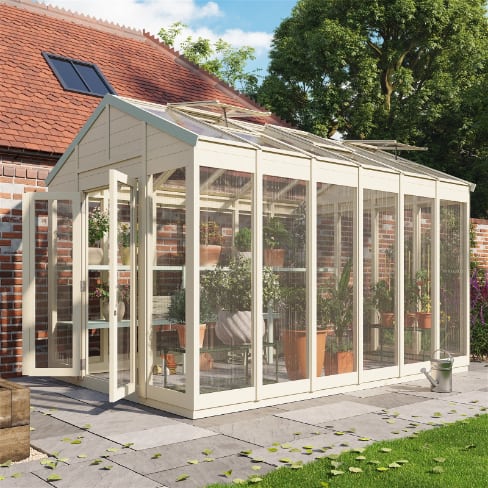
Greenhouses offer a controlled environment, shielding your plants from:
- pests
- harsh weather
- temperature extremes
This safeguarded space ensures a consistent, nurturing atmosphere. Thus making it an excellent choice for cultivating a variety of indoor plants. For those with limited space, potting sheds emerge as a smart alternative. On top of providing a controlled environment, they also offer valuable storage.
Both allow seasoned and budding plant enthusiasts to elevate their indoor gardening experience. Consider a wooden greenhouse or potting shed — your key to flourishing winter greenery.
The Indoor Environment
Bringing plants indoors for winter offers promising benefits. However, to fully enjoy them, you must do your share. First, you get to enjoy extended growing seasons. Break free from seasonal constraints and cultivate a diverse array of plants year-round. To promote continuous growth, we recommend utilising grow lights to mimic sunlight.
Next, indoor spaces provide a protective shield for your plants. This keeps them safe from pesky pests and unwanted intruders. As for your bit, you’ll need to inspect plants for signs of infestation. Use neem oil or insecticidal soap for non-toxic pest control. Isolate new plants temporarily to prevent introducing pests to your indoor garden.
Lastly, with better temperature control, it optimises conditions for plant growth. This, in return, can ensure they thrive in a comfortable and stable atmosphere. Top tip: Invest in a reliable thermostat to maintain an ideal temperature range. Ensure proper insulation and ventilation to regulate heat.
These perks, with proper care, help make your growing experience fruitful and fulfilling!
Indoor-Bound Winter Plants
Discover the winter stars for your indoor garden! Here are the plants suited for the transition from outdoor to indoor living. Learn which green companions thrive best when brought in from the cold.
1. Citrus trees
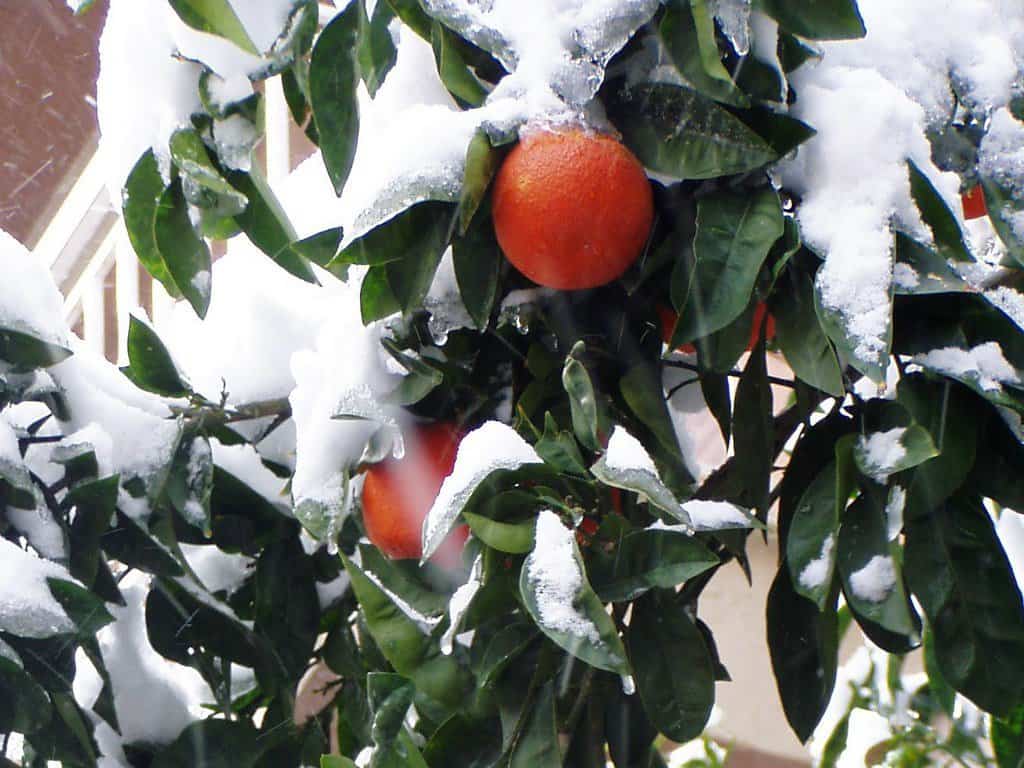
As winter approaches, moving citrus trees indoors becomes essential. Shielding them from frost ensures their survival. Indoors, they benefit from controlled humidity, to add.
To transition them successfully, choose a location with ample sunlight. A south-facing window is your best bet. To care for them, maintain consistent moisture levels and protect against drafts. Consider supplemental lighting to compensate for reduced sunlight. Doing so can help ensure these vibrant trees thrive year-round.
2. Rosemary
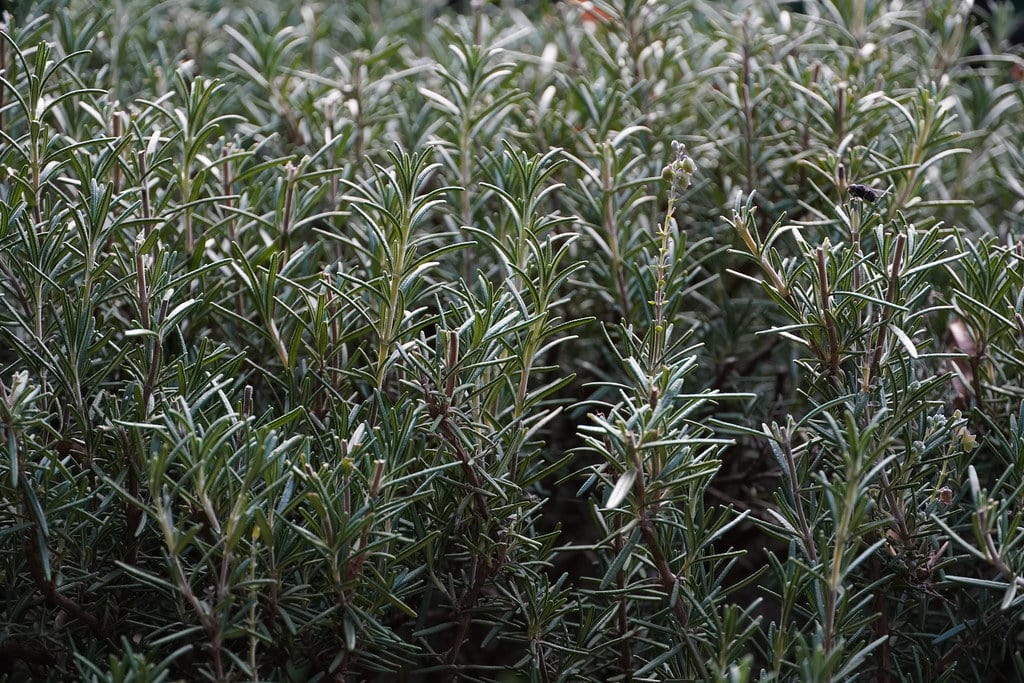
Rosemary, a hardy herb, flourishes in a stable environment with consistent temperatures. As winter approaches, relocating it indoors becomes crucial for survival. Place it on a sunny living room windowsill, ensuring it receives ample light.
Indoors, protect rosemary from harsh winter conditions, allowing it to thrive. Additionally, use well-draining soil to prevent waterlogging. Maintain optimal soil conditions for this aromatic herb during the winter months.
3. Olive trees
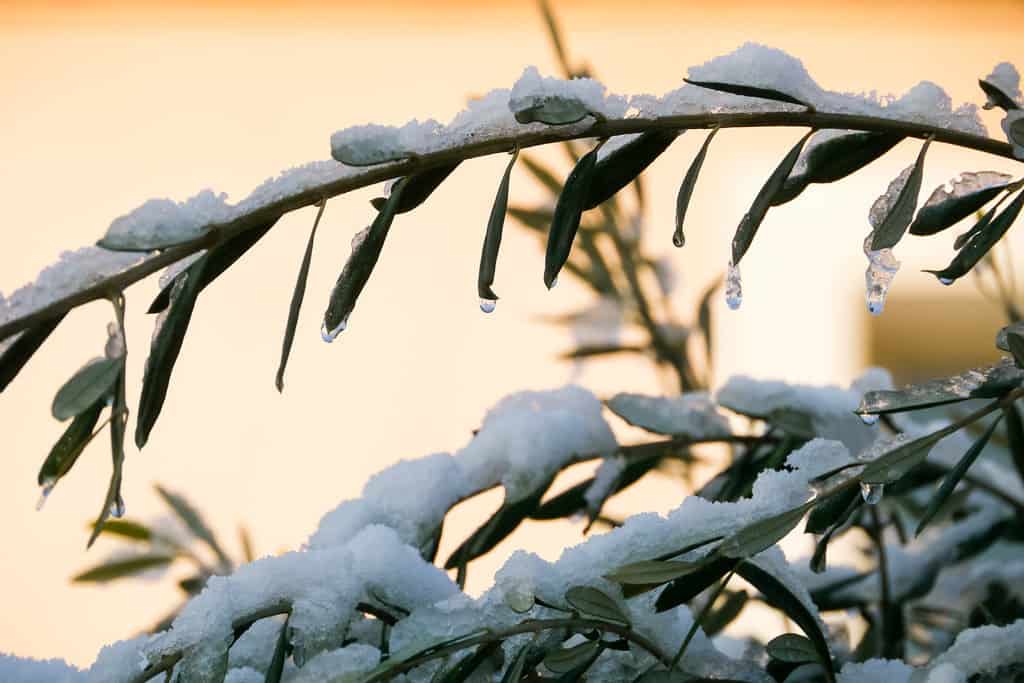
The same goes for olive trees! Bringing them indoors protects them from harsh outdoor conditions. In a potting shed, for one, they thrive with moderate temperatures. This allows the tree to bounce back strongly when put back outside in spring.
Prune sparingly to encourage growth and monitor watering. Allow the soil to dry between intervals.
4. Cacti and succulents
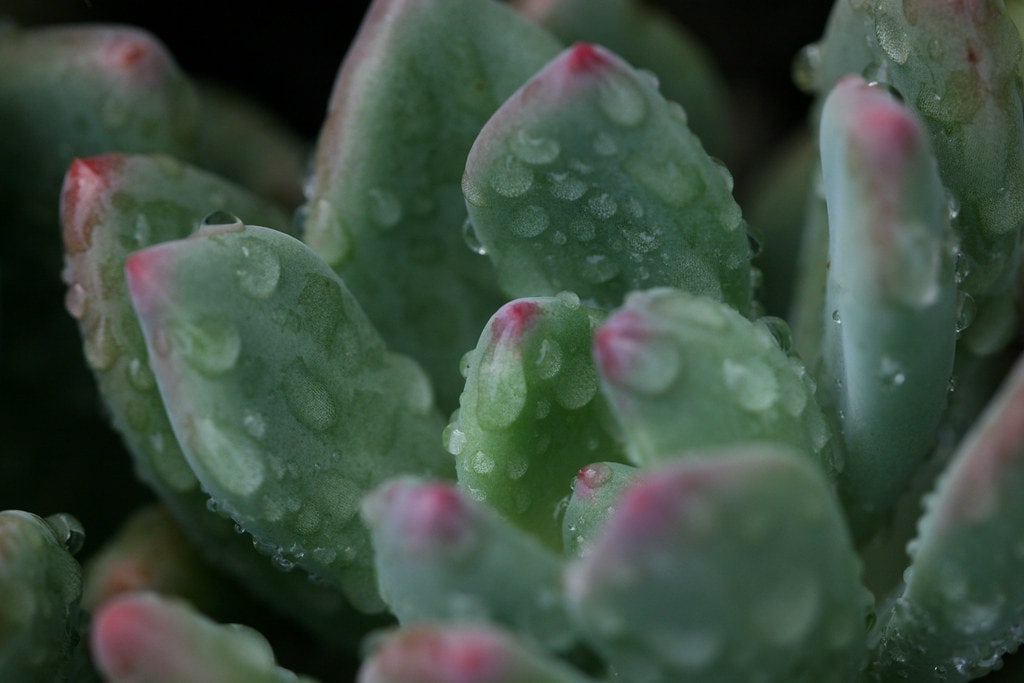
The vulnerability of cacti and succulents to cold temperatures necessitates indoor shelter. If you don’t have space at home, a polycarbonate greenhouse, for instance, does the job.
To move them safely, gradually acclimate plants to reduced light. Do so by placing them in shaded areas before transitioning indoors. Indoors, maintain well-draining soil to prevent waterlogged roots. Provide adequate light with grow lights if necessary. Water sparingly, allowing the soil to dry between intervals. In spring, reintroduce them gradually to outdoor conditions.
5. Tropical plants

Tropical plants, as the name suggests, hail from warm climates. They thrive outdoors, sure, but face risks in winter’s chill. Moving them from the confines of your living room is crucial for their survival.
Ease the transition by first placing tropical plants in shaded areas. This should acclimate them before bringing them indoors. Replicate their native conditions with a warm, humid environment. Ensure adequate light exposure using grow lights. Water carefully to prevent waterlogged soil, and monitor for pests regularly. When spring arrives, reintroduce them outdoors gradually. This will then allow them to return to their natural environment seamlessly.
Round-up
The highlighted plants are versatile for winter transitions, demanding proper care. However, keep in mind that these suggestions are general guidelines. When choosing which plants to move indoors, consider individual needs and regional variations. The key is understanding your plants’ specific requirements and tailoring care accordingly. This thoughtful approach ensures a thriving indoor garden during winter.
Explore our selection of greenhouses for sale at Garden Buildings Direct. Find your ideal gardening companion and discover premium garden storage solutions.
Next on your reading list: UK Winter and Spring Planting Calendar (2023)





